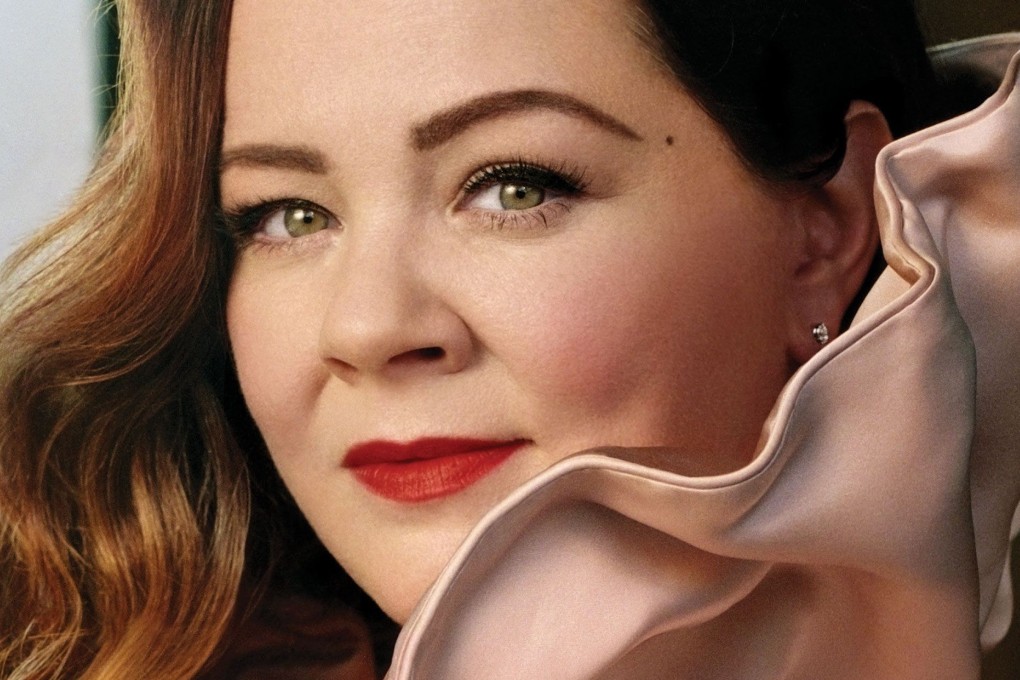How plus-size models are challenging the shape of the fashion industry
After InStyle is accused of covering up curvy comedian Melissa McCarthy on its cover, and Cosmopolitan magazine is slammed for ‘normalising’ obesity, there is still a long way to go before plus-size women are recognised and represented by the industry

“The Badass Women Issue” reads the cover line of the February 2019 United States news-stand edition of InStyle, over an image of Melissa McCarthy.
“It’s a good time to be Melissa McCarthy,” writes editor-in-chief Laura Brown, referencing the American comedian’s recent Academy Award, Golden Globe and Screen Actors Guild best actress nominations for her first dramatic role in “Can You Ever Forgive Me?”
The Q&A goes on to McCarthy’s humiliation at the hands of journalists, with one interviewer allegedly having asked, “Are you shocked that you actually work in this business at your tremendous size?”
In almost every photo of the InStyle shoot, McCarthy is covered from neck-to-ankle, wearing pieces from Brandon Maxwell, plus-size e-tailer Eloquii and Marc Jacobs’ spring 2019 collection, which featured a series of supersized sack dresses with ruffled collars.
The Jacobs pieces, which looked clown-like on his thin models, overwhelm McCarthy – a point that’s not gone unnoticed.
“In both [news-stand and subscriber] covers [the stylist] dressed up Melissa as a life size, frosting laden cupcake,” writes “Ellastica”, in a post on web community The Fashion Spot.
